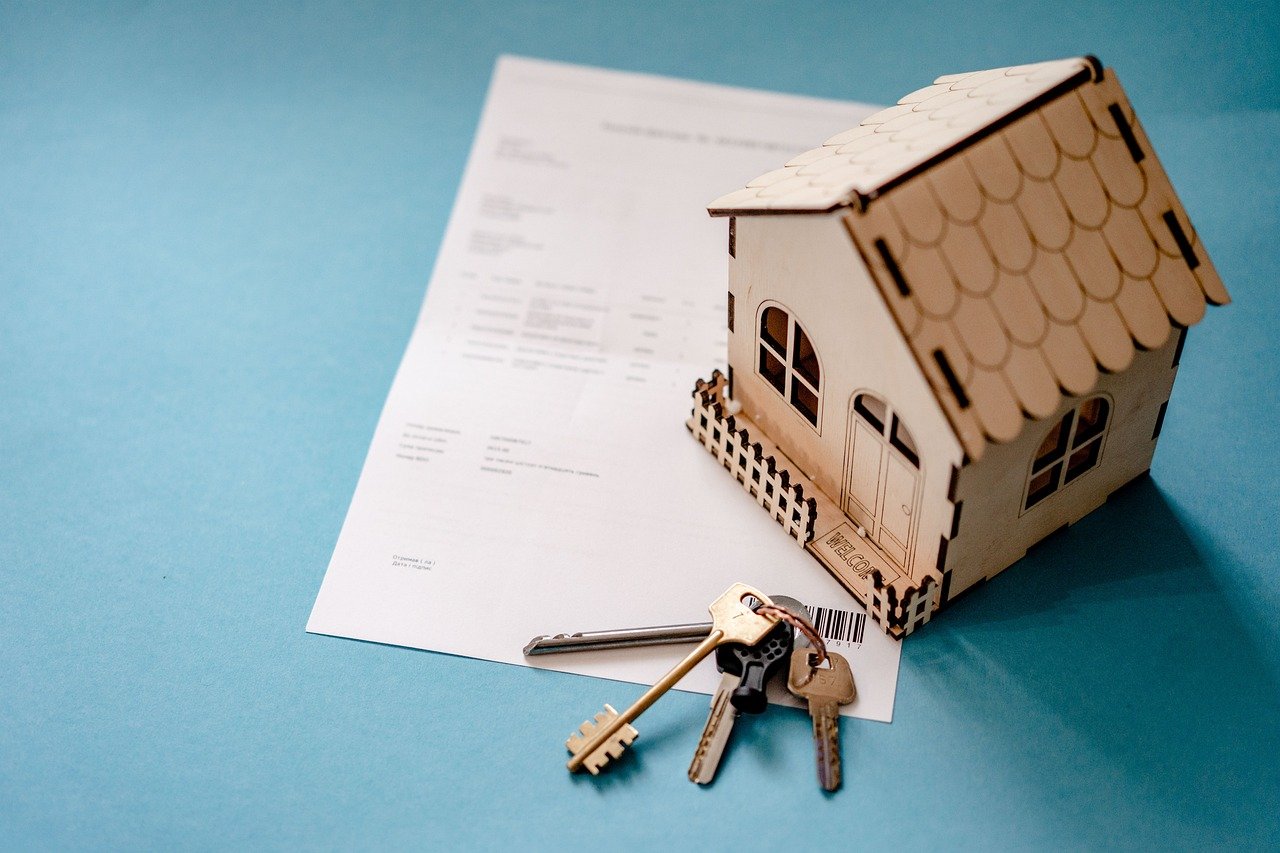A series of rapid and destructive wildfires have severely impacted Los Angeles in recent weeks. The aftermath of the Hughes fire has pushed the total structural damage from January’s wildfires to over 16,000 properties. Initial assessments suggest that the economic impact of these fires could range from $250 billion to $275 billion. Consequently, property insurers in California are facing unprecedented payouts, estimated at around $40 billion. “Preliminary loss estimates are between $30 and $50 billion,” states David Sampson, president and CEO of the American Property Casualty Insurance Association. “This will be the largest fire-related disaster in history globally.”
For many homeowners in California, the outlook is grim. Major property insurance providers, including the state’s largest, State Farm, have scaled back their coverage options in recent years. Some companies have limited their underwriting practices in high-risk areas, while others have exited the state entirely. Homeowners left without insurance are increasingly turning to the California FAIR Plan, often referred to as the “insurer of last resort.”
One affected homeowner, Joan Zoloth from Malibu, represents over 449,000 Californians currently enrolled in the FAIR Plan. “I had to scramble, as many people do in California, to find insurance,” Zoloth explains. “I called various agents and they told me, ‘It’s going to be very challenging for you to find coverage.'”
The FAIR Plan is also struggling under the weight of its projected $8 billion in losses, an amount it cannot adequately cover. As of January 10, 2025, the plan had only $377 million available for claims, along with an additional $5.78 billion in reinsurance funds.
The issue of homeowners losing insurance due to escalating climate risks is not unique to California. Realtor.com reports that 44.8% of all homes in the U.S. are located in areas prone to at least one severe or extreme climate risk, including wildfires, flooding, heat, wind, and poor air quality. Insurers have also begun tightening their underwriting policies in states like Florida, Louisiana, and Texas as the frequency and severity of natural disasters continue to rise.






